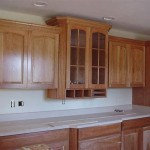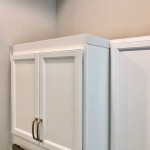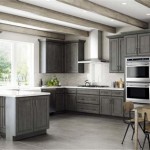Essential Aspects of Average Distance Between Upper and Lower Kitchen Cabinets
Determining the optimal average distance between upper and lower kitchen cabinets is a crucial aspect of kitchen design. It affects the functionality, accessibility, and overall aesthetic appeal of the space. Understanding the key elements involved is essential for achieving a well-balanced and user-friendly kitchen.
Height and Reach: The average height of the person using the kitchen should be considered when determining the distance. The upper cabinets should be placed at a height that allows for comfortable reach, while the lower cabinets should provide adequate knee space for sitting or standing.
Task Lighting: The distance between the upper and lower cabinets can impact task lighting. Ensuring sufficient clearance allows for proper lighting to reach the work surface below the upper cabinets and illuminate the cooking area.
Appliance Placement: The size and placement of appliances, such as microwaves, ovens, and refrigerators, should be accounted for. The distance needs to accommodate the appliances' height and provide enough space for opening doors and drawers conveniently.
Aesthetic Considerations: The average distance also affects the overall appearance of the kitchen. A consistent and balanced spacing creates a visually appealing flow. Too little distance can make the kitchen appear cluttered, while too much distance can create a disconnected look.
Style and Design: Different kitchen styles and designs have varying preferences for the average distance. Contemporary and minimalist kitchens often opt for a smaller distance, while traditional and farmhouse-style kitchens may prefer a more generous clearance.
Kitchen Workflow: The distance should facilitate efficient kitchen workflow. A well-spaced arrangement allows for seamless movement and easy access to necessary items during meal preparation and cleanup.
Customization and Flexibility: Consider personal preferences and specific needs when determining the distance. Homeowners may opt to vary the distance in certain areas of the kitchen, such as increasing it above the sink for added storage or decreasing it near a seating area for a more intimate feel.
In conclusion, the average distance between upper and lower kitchen cabinets encompasses several essential aspects that influence functionality, accessibility, aesthetics, and overall kitchen design. By considering these factors, homeowners can optimize their kitchen space for comfort, efficiency, and a visually appealing outcome.

Your Kitchen Renovation Measured For Perfection Rona

Do Instructions Result In 18 Between Counter Top And Upper
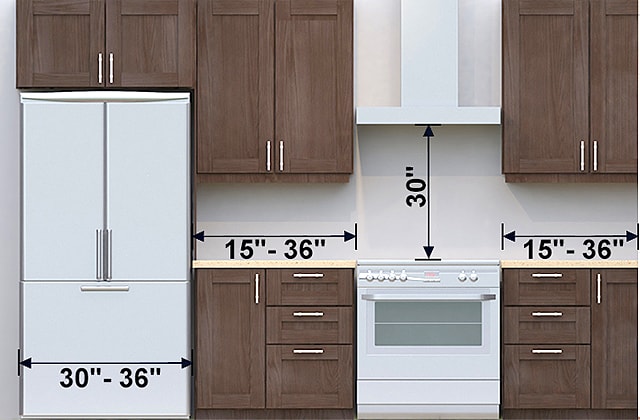
Your Kitchen Renovation Measured For Perfection Rona

Kitchen Standard Dimensions Essential Measurements

Best Practices For Kitchen Space Design Fix Com

Best Practices For Kitchen Space Design Fix Com

How High Upper Cabinets Should Be From Your Floor And Countertop

Kitchen Space Design Code And Best Practices Pride News
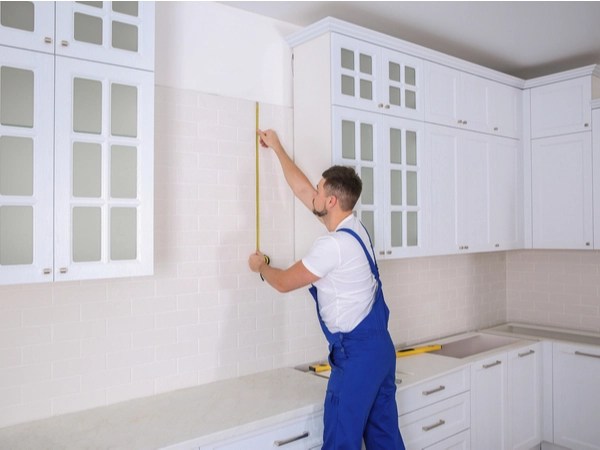
How High Upper Cabinets Should Be From Your Floor And Countertop

How High Upper Cabinets Should Be From Your Floor And Countertop
Related Posts



